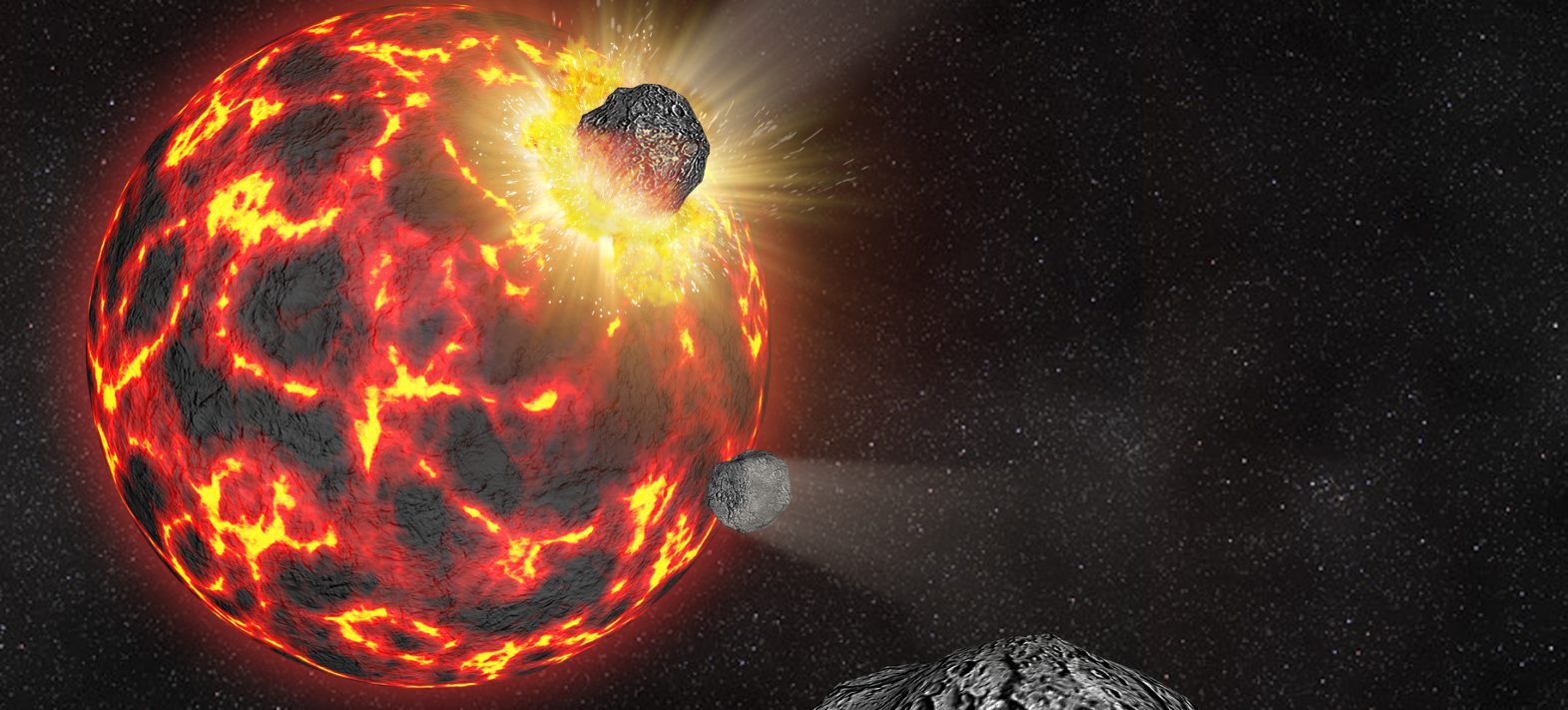Evaporation and recondensation of volatiles in planetesimals
Angrites are meteorites that come from asteroids representing the first differentiated bodies in the Solar System. These meteorites make it possible to trace the origins of the terrestrial planets, in particular the way in which each planet was depleted of volatile elements in relation to the Sun. In a study published this December 25 in the journal PNAS, a team of cosmochemists from the IPGP have analysed minute quantities of Rubidium, a volatile metal, in angrite samples and show that their composition is the result of a complete evaporation process, when the asteroid was molten during a phase known as a magma ocean, followed by a recondensation of a fraction of these elements.

Publication date: 27/12/2023
Press, Research
Related teams :
Cosmochemistry, Astrophysics and Experimental Geophysics (CAGE)
Related themes : Origines








